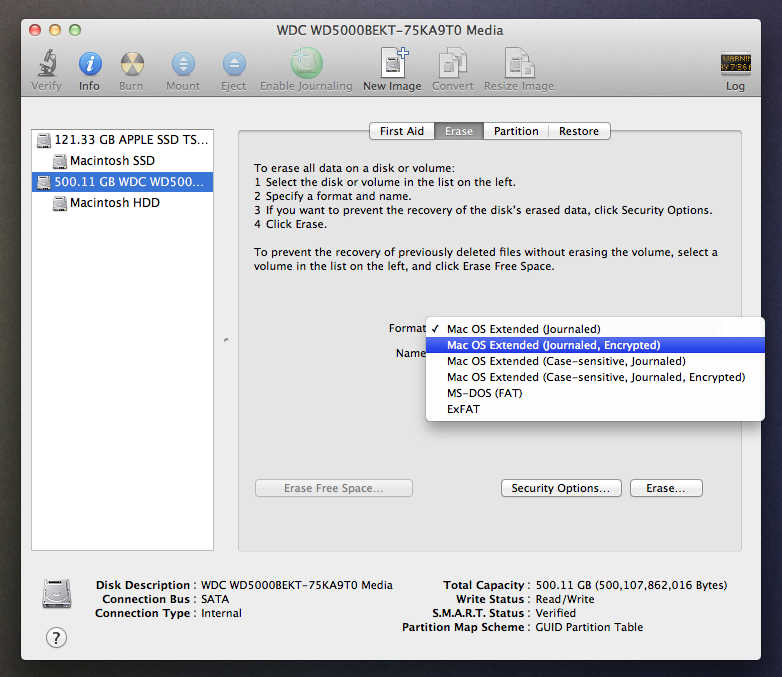

- #Mac os x terminal syntax for external drive install
- #Mac os x terminal syntax for external drive pro
- #Mac os x terminal syntax for external drive free
- #Mac os x terminal syntax for external drive mac
Only that doesn’t work in T-2 equipped iMac Pro models, which apparently require you to enter Recovery mode and disable SIP before you can use the command. Its replacement is systemsetup -setstartupdisk if you need to do this at the command line. The first blow to bless came in macOS 10.11: one of the side-effects of SIP is that it shouldn’t be used to try to set the startup disk. When you do, study its man page very carefully and make sure that you get the command right. Only if that fails, or if you are trying to perform this task by hand, should you ever need to use the bless command in anger. If you use a tool such as Carbon Copy Cloner or SuperDuper to clone an existing bootable volume, one of its options should be to make that cloned disk bootable by blessing it.
#Mac os x terminal syntax for external drive install
When you install macOS on a volume, the installer should do that for you as part of the service. Making a volume bootable is a task which the user very seldom has to do.

#Mac os x terminal syntax for external drive mac
If you use any of its other options, there is always the risk that you will render that Mac unbootable (at least temporarily), so you should be extremely cautious. You’ll then be given the inodes and paths to the Blessed System File and Folder on that preboot volume, and the Blessed Volume for the container should be given as the root path, /. Or after mounting the preboot volume, which rather defeats its purpose, perhaps.

Try this command on a Mac booted from an APFS volume, and you’ll be disappointed: you either have to run it with privileges as
#Mac os x terminal syntax for external drive free
macOS here uses inode numbers instead of paths you can use my free utility Precize to explore inodes and their relatives. The numbers given for each of the lines in the boot settings are the file system inode numbers, which are more persistent than the conventional paths which they resolve to. Which returns information about the current boot settings, such asįinderinfo: 325985023 => Blessed System Folder is /System/Library/CoreServicesįinderinfo: 342576416 => Blessed System File is /System/Library/CoreServices/boot.efiįinderinfo: 0 => Open-folder linked list emptyįinderinfo: 0 => No alternate OS blessed file/folderįinderinfo: 325985023 => OS X blessed folder is /System/Library/CoreServices Now, the only use of bless which you should be happy with, unless you really know what you’re doing, is


 0 kommentar(er)
0 kommentar(er)
